Today, cash crops play an important role in most parts of the world. Cash crops are key to enhancing food security in these developing countries. Farmers in developing countries who grow crops such as Vegetables and Grains generate income for themselves and food for those who buy those crops. It benefits you and the people who buy it.
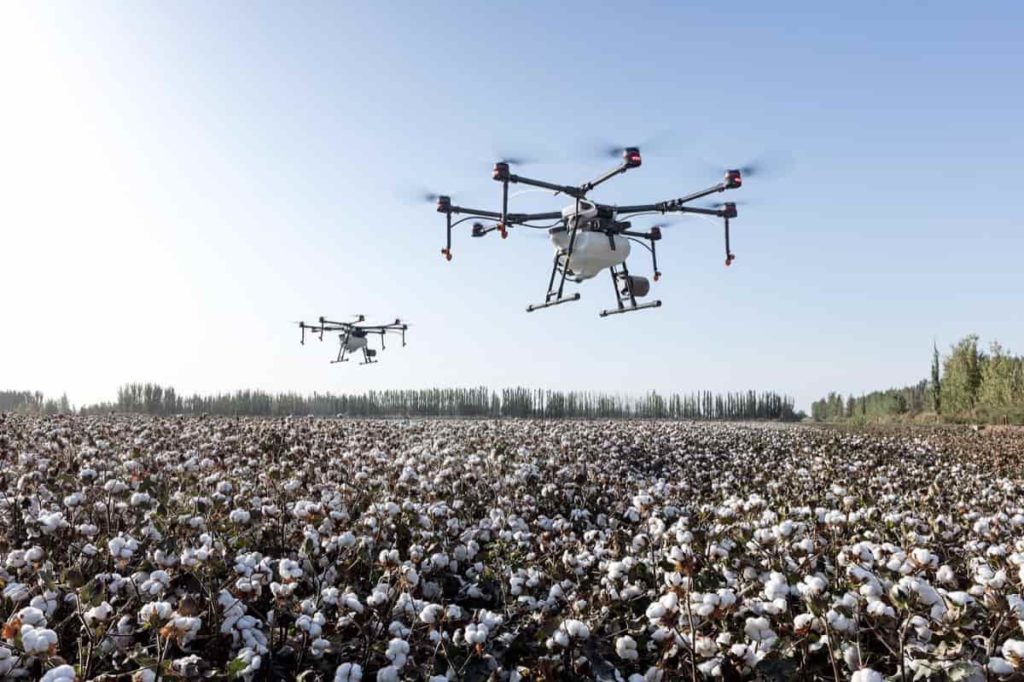
A guide to understand cash crops
What is called a cash crop?
- A cash crop is grown for sale in the market to earn a profit from the sale. Today’s crops grown crops are cash crops grown for sale in national and international markets.
- Cash crops are grown to sell in the market or exported for profit, distinguished from crops grown for the farmer’s subsistence purposes (such as livestock feed or food for the family). Crops such as Cocoa and Coffee and sometimes vegetables and Maize also provide income and employment opportunities to the rural economy. At the same time, farmers generate capital for management improvement and innovation, and cash crops accelerate the building of institutions that enable further commercialization.
What are examples of cash crops?
A cash crop is produced only for export or sale and not for consumption by the person growing it. Economists use the term cash crops to refer to any crop readily sold on the open market, such as Sugarcane, Cotton, or Tobacco. It is a crop that has historically produced a high rate of return on the grower’s investment.
- Common cash crops: Sugarcane, Cotton, Jute, Tobacco
- Plantation cash crop: Tea, Coffee, Areca Nut, Cashew Nut, Coconut, Areca Nut, Oil Palm, Cocoa, Rubber
- Oilseed cash crops example: Sunflower, Castor, Groundnut, Soybean, Sesame, Mustard, Linseed, Olive, Safflower
- Cash crops in spices and condiments: Black Pepper, Cardamom, Ginger, Turmeric, Clove, Nutmeg, Cinnamon, Fenugreek, Saffron, Tamarind, Garlic, Coriander
- Cereals cash crops: Rice, Wheat, Barley, Maize, Oats, Sorghum, Rye
- Fruits cash crop: Mango, Banana, Papaya, Pineapple, Guava, Citrus, Lemon, Grapes, Litchi, Pomegranate, Fig, Avocado, Date Palm, Kiwi Fruit, Apple, Cherry, Almond, Apricot, Walnut, Pistachio Nuts, Strawberry
- Flower cash crop: Rose, Carnation, Chrysanthemum, Marigold, Orchids, Jasmine, Tuberose, Dahlia, Gerbera, Zinnia, Hibiscus, Lily
- Vegetable cash crops: Potato, Tomato, Brinjal, Cabbage, Cauliflower, Carrot, Sugar Beet, Onion, Cucumber, Battleground, Pumpkin, Lettuce, Tapioca
- Medicinal and aromatics cash crop: Aloe Vera, Amla, Neem, Ashwagandha, Sarpagandha, Mint, Lemongrass, Basil, Celery, Rosemary, Lavender, Calendula, Stevia, Bamboo, Tulsi, Sage
Is Rubber a cash crop?
- Rubber is a perennial plant traditionally grown as an important cash crop that generates income and has a fundamental impact on the lifestyles of many rural people, particularly in the country’s south.
- It is one of the important cash crops. Cash crops are crops that are grown and sold for profit.
In case you missed it: Top 15 Steps/Ways to Boost Eggplant/Brinjal Yield: How to Increase Production, Size, and Quality
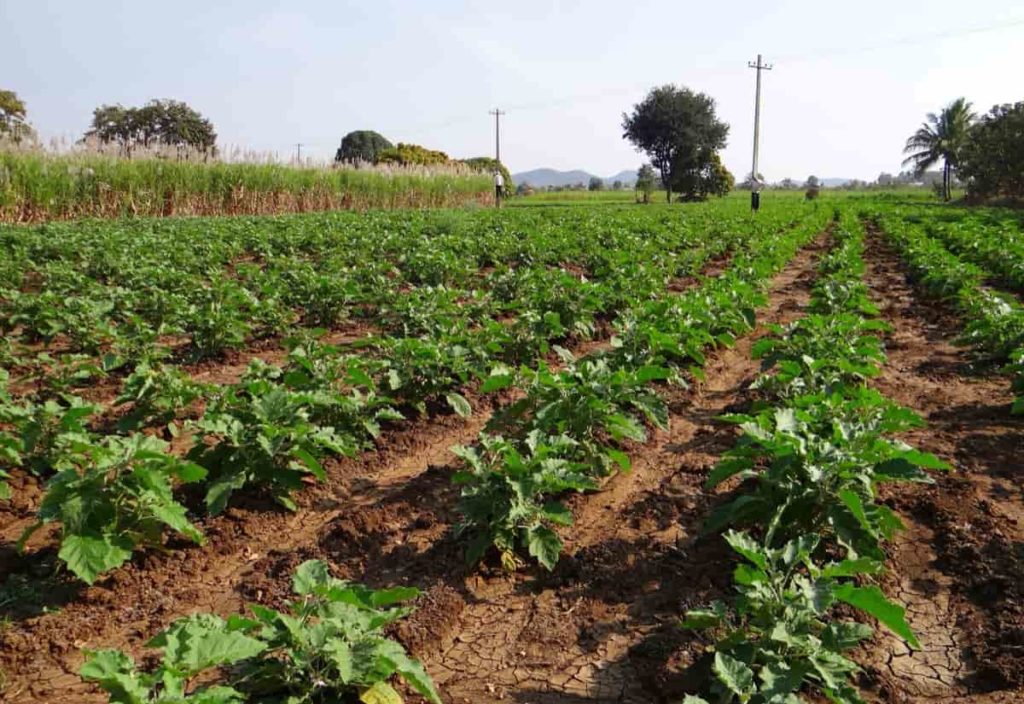
Is Tea a cash crop?
- Tea is one of the most important cash crops. It is a tropical and subtropical evergreen plant that grows in tropical and subtropical regions. India is the world’s second-largest producer as well as its largest consumer.
- It is grown on the slopes of hills, so water does not collect in the roots. Its leaves must be harvested several times a year, requiring a lot of cheap labor. Constant rainfall, evenly dispersed throughout the year, ensures that the delicate leaves continue to thrive.
Is Jute a cash crop?
- Jute, one of the major cash crops, covers about 5.15 lakh hectares of land and accounts for about three-fourths of the country’s total production. It is also known as golden fibre and is the main cash crop of India.
- Jute fiber is obtained from the inner bark of the jute plant.
- Jute cultivation has suffered recently due to reduced demand resulting from increased competition with synthetic fibers and packaging materials. It is a soil-depleting crop like Sugarcane and rapidly reduces soil fertility. Thus it grows well on well-drained fertile soils in flood plains where the soil is renewed every year.
- High temperature (24 to 35°C), heavy rainfall (125 – 200 cm), and low plain land are favorable conditions for jute cultivation.
What is the importance of cash crops?
- Marketable crops (‘cash crops’) are an integral part of strategies to improve food security at the farm household level in developing countries. By selling their surplus produce, agricultural households generate income that improves access to food.
- Cash crops are often replaced by the production of staple foods such as Rice, Wheat, or Maize to earn higher returns through foreign exchange. Most of the basic food products required by local people are exported to other countries. With high demand in foreign countries, cash crops often become expensive and unaffordable for the poor.
- Cash crops help economic growth and force many subsistence and tenant farmers to give up their land to make way for industrial farming. Cash crops are crops grown specifically for market sale or trade. Primarily a crop that is not grown for direct consumption by the farmer.
- Cash crops are an integral part of sustainable intensification because the income generated by cash crops provides farm households with the means to save and invest in more productive farms. Cash crops contribute to rural areas and add value and productivity.
- Cash crop farming helps generate higher profits for farmers, improving their standard of living. It also helps create more employment opportunities in the agricultural and agricultural sectors, thereby boosting the overall economy. It provides the impetus for agricultural innovation and increases capital for agricultural investment and rural development.
- As the human population increases, food demand will grow. It then becomes necessary to find ways to cope with this demand. Since the cultivation of such crops focuses on maximizing production and the quality of production, it is an important step towards achieving global food security.
- The future of cash crop farming is based on sustainable agricultural intensification, which aims to combine increased agricultural production with environmental protection. It includes preserving soil fertility, biodiversity, and other ecosystem services, such as micro-dosing of fertilizers, intercropping, genetic crop improvement, etc. The only method to ensure long-term food security is to reduce environmental impact.
What are the cash crops farmers cultivate in India?
Sugarcane, Cotton, Jute, Oilseeds, and Tobacco are common profitable cash crops grown in India. With increased productivity of certain crops, especially sugar, the government supports cultivation by providing incentives.
In case you missed it: Groundnut Cultivation Income (Peanut), Cost, Yield
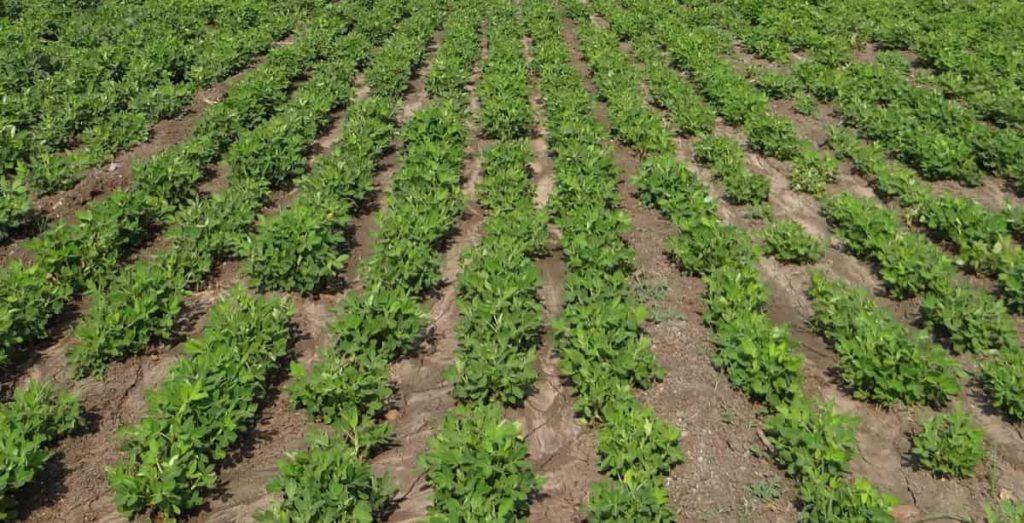
How do you store cash crops better?
The benefit of hermetic technology will allow farmers and businesses alike to store cash crops properly. Hermetic storage methods protect crops from adverse weather conditions and insect and pest attacks, reducing post-harvest losses. Proper storage of cash crops can allow such crops to retain their purest quality, maximizing their market value.
Hermetic storage technology is particularly beneficial for cash crops such as Tea, Coffee, Cocoa, Spices, etc., which are more susceptible to oxygen and moisture damage exposure. Grain bags offer hermetic storage bags, which help optimally preserve both the quality and quantity of cash crops. It ensures the contribution of cash crop farming in achieving food security.
How do cash crops affect the economy?
The economic benefits of cash crop cultivation were clear, including increasing household income, boosting the rural economy, increasing fiscal revenues, and attracting foreign investment.
In which climate are cash crops grown?
It is a crop of tropical and subtropical regions and requires a high temperature between 21-30°C and annual rainfall of 50-100 cm. About 80% of the total area under Cotton comes from Punjab, Haryana, Gujarat, and Rajasthan. All plants need main growth conditions temperature, light, water, soil type, mineral nutrients, oxygen, and support. All plants need air, water, nutrients, light, temperature, and growing space, but the details can vary greatly.
Cash crops for the different climatic zone;
- Temperate zone- some cereals like Maize, vegetables like Potatoes, fruits like Apples and Cherries.
- Subtropical – Soybeans and some vegetable crops are grown in this region.
- Tropical Zone- Coffee, Cocoa, Sugarcane, Bananas, Oranges, Cotton, and Jute are common cash crops in tropical climates.
What soil is needed for cash crops?
- Medium and heavy soils where available irrigation facilities are best for its cultivation.
- It can be grown on various soils and requires manual labor from sowing to harvesting. Cash crops are mainly grown on plantations in the developing world. Cash crops, while generally grown in the developing world, are often exported to the developed world.
Is Coconut a cash crop?
Coconut’s endless uses and benefits make it an important cash crop in the global market. In India, Tamil Nadu, Kerala, Karnataka, and Andhra Pradesh are the largest producers of Coconut. Coconut plays an important role in the Indian agricultural economy. It is the most widely grown palm in the world. Palms tolerate a wide range of rainfall intensity and distribution. However, a well-distributed rainfall of about 200 cm per year is optimal for proper growth and high yields. Irrigation is required in areas with insufficient rainfall with uneven distribution.
Shallow soils with hard rock bottoms, low-lying areas with stagnant water, and loamy soils should be avoided. An adequate moisture supply should be ensured by well-distributed rainfall or irrigation before planting. Soil moisture often limits coconut production in areas where long dry seasons prevail, or rainfall is scanty and infrequent. Therefore, irrigate the date palm in a basin around the date palm during the summer months. Irrigation requirements vary according to soil type and climatic conditions.
Is Sugarcane a cash crop?
Medium and heavy soils where available irrigation facilities are best for sugarcane cultivation. It can be grown on various soils and requires manual labor from sowing to harvesting. It is a long-maturity crop planted between February and April. Harvesting begins in October and November.
It is a soil-depleting crop and hence requires regular manure or compost application. It belongs to the bamboo family and is the main source of sugar and jaggery. It is a long-duration crop and takes 10-15 months to mature. It requires a hot and humid climate with an average temperature of 21–27°C and 75–150 cm of rainfall. A short cool, dry winter season is best during ripening and harvesting.
What are the characteristics of cash crops?
- A cash crop or profit is an agricultural crop grown to be sold for profit. It is usually purchased by parties separate from the farm.
- The term distinguishes cash crops from residual crops, fed to the producer’s livestock or grown as food for the producer’s family.
In case you missed it: Sugarcane Farming in the USA: How to Start, Production States, Ideas, and Tips
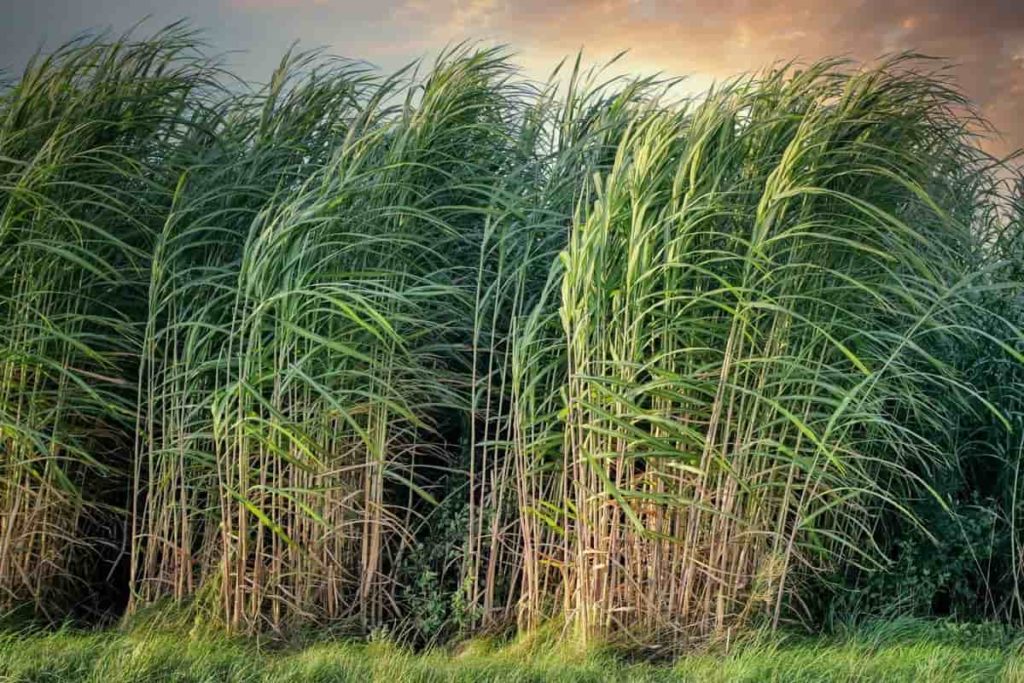
Is Cotton a cash crop?
- Cotton is one of India’s most important fiber and cash crops and plays an important role in the country’s industrial and agricultural economy. It provides the cotton textile industry’s primary raw material (cotton fiber).
- Cotton needs a dry climate, black scrub soil, high temperature (20-35°C), light rainfall (50 to 80 cm) or irrigation, 210 frost-free days, and bright sunshine for its growth. A clear sky is ideal during picking season.
- It is a Kharif crop that takes 6-8 months to fully mature. India is the fourth largest Cotton growing country in the world. Cotton is cultivated in 45% of the total area of the country.
Is Groundnut a cash crop?
- Groundnut is one of the fifteen most important food crops in the world, and it is grown worldwide.
- It is one of the most important food commodities.
- Groundnut is an early-season crop, thus requiring moisture for planting.
- Groundnut seeds are often planted when the ground is dry, as the crop does not thrive in wet soil. Certified disease-free Groundnut seeds are used to avoid soil bacteria and fungi.
How are cash crops different from food crops?
Food crops are crops grown for domestic human consumption. So farmers grow only enough to meet their personal needs. Fruits, vegetables, grains, tubers, and legumes are common food crops. Cultivation of food crops generally does not involve any commercial aspect. Cash crops are often explicitly grown for international markets. Therefore, it takes a lot of effort to increase their production, using pesticides and fertilizers. There are strict policies to regulate the quality of cash crops, emphasizing increasing productivity. It is not usually the case with food crops.
What are some things to consider before growing a cash crop?
Know the market – The most important factor for farmers to consider is who will buy their crops and the market environment for their cash crop of choice. A farmer’s biggest mistake is growing a cash crop and hoping it will sell instead of researching demand before diving into a particular market.
Many farmers jumped at the opportunity for huge profits but failed to consider whether there was a market for the product or if processors were willing to handle the large quantities. Many farmers saw lower profits than expected, and an abundance of hemp sat in storage. Although the region’s hemp industry has great potential, market and processing capacity need further development. Farmers need to consider whether the industry they want to enter is developed enough for them to earn a living.
Know the Risks – A big part of farming involves understanding financial stability risks and taking steps to protect assets and operations from the effects of dramatic weather or economic events.
Learn how to avoid volatility – A common industry phrase stand behind is, “Cash is King.” If farmers have cash, they will be ahead of their competitors in the industry and have a better chance of protecting their assets. It may be tempting to use extra funds to pay off existing debt, but it’s important to set aside some extra cash to keep on hand as emergency funds.
Some farmers rely on hedging or forward contracting their commodities in futures markets for protection. In addition, farmers need to have loans and cash cushions to protect themselves from fluctuations in demand and the economy. As crops can be vulnerable to bad thunderstorms, farmers should prepare themselves for bad financial storms.
How does cash crop farming affect biodiversity?
Farmers growing more cash crops are likely to increase household income. When incomes increase, farming households can purchase various food items and improve their dietary diversity. Increasing dietary diversity provides a higher quality diet that contains more nutrients.
Agricultural practices have a major impact on biodiversity. Chemical inputs are widely used to control pests and increase yields. They contribute to ecosystem pollution and soil depletion, leading to desertification. Additionally, clearing plots with fire can cause fires. If not controlled, these fires directly affect buffer zones or protected areas.
In case you missed it: A Step-By-Step Guide to High Density Fruit Farming: For Guava, Banana, Mango, Pineapple, Lemon, Papaya, Litchi, and Apple
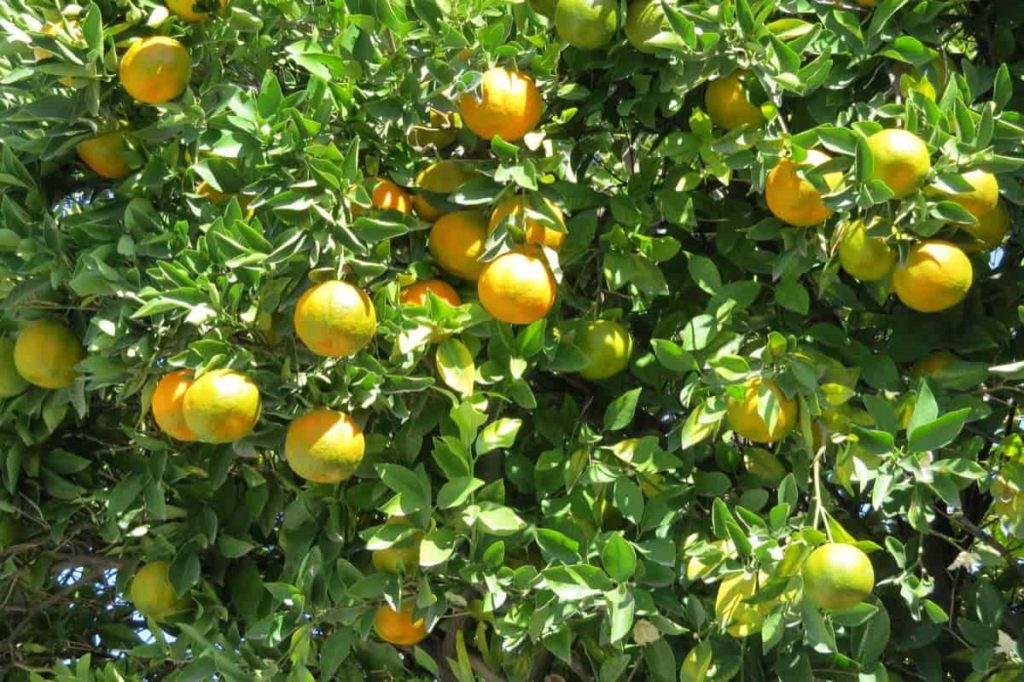
Degradation of soil fertility and high demand associated with population growth are forcing farmers to increase the size of their fields. It reduces the duration of farming, which is favorable for biodiversity. Moreover, this trend also puts pressure on many ecosystems: forests, mangroves, drylands, etc. Opening new fields through land clearing has led to the loss of forest cover and fragmentation of habitats for many species. These impacts will further contribute to the degradation of ecosystems and biodiversity.
What are the factors to consider when selecting a cash crop?
- The most critical factor in successful commercial farming is identifying and selecting profitable cash crop plants.
- Cash crops are simply plants that are grown or managed, harvested, and sold for cash rather than subsistence.
- A thorough examination of climate, biological factors, and topographic features is essential. Biological factors include living organisms, including animals, insects, other pests, pathogens, and weeds. The topographic features of the land, such as elevation, slope, and terrain, as well as the physical and chemical properties of the soil, such as texture, color, organic matter content, pH, and fertility levels, will determine the naturally suitable crops.
- Crops and cultivars should be selected based on their adaptability to the prevailing conditions on the farm. You can get information from neighboring farmers already growing the same crop.
- In selecting profitable cash crop plants to grow, you must consider that particular plant’s market and financial viability. Only the crop chosen should be high yielding. You should know the technical and commercial aspects of the crop you select for your farm. You will need to decide on a farming method, whether you will go purely for crop farming or integrate with livestock. Security is another aspect you should consider carefully. You will need to protect the crop from thievery.
How do you grow cash crops?
- Cash crops are grown for sale in the market to earn profit.
- Today’s crops grown crops are cash crops grown for sale in national and international markets.
- Especially in developing countries, cash crops are grown on a large scale and sometimes compete with the local community’s land use and resource needs. As major cash crops are affected by world market prices, farmers’ incomes depend on them.
In case you missed it: Best Fertilizer for Wheat: Organic, NPK and Application
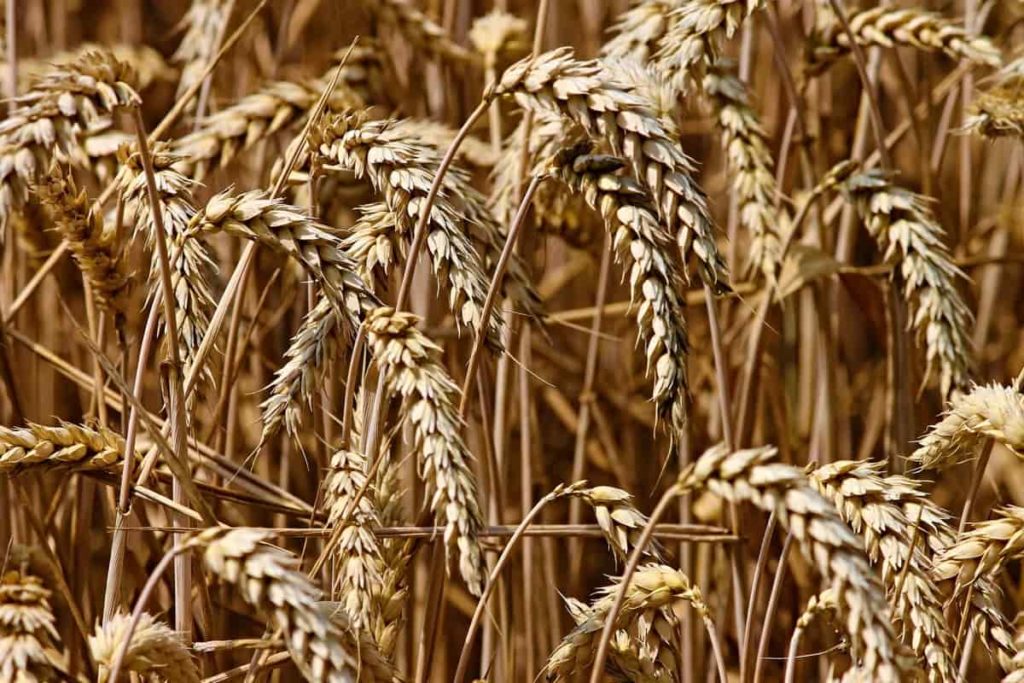
What is the sustainability of cash crops?
- About 500 million smallholder farmers produce about 70% of the world’s food. The vast majority (80%) of the world’s farms measure 2 hectares or less. These smallholder farmers are found primarily in developing countries and are often unorganized, illiterate, or have only basic education.
- Small farmers have less bargaining power and less income, which makes them unable to invest heavily in expanding their businesses. Farmers lack access to agricultural inputs and knowledge about good agricultural and business practices. These high-level issues are, in many cases, threatening agricultural sectors’ future, and ideas have begun to evolve on securing a sustainable future for agriculture.
Conclusion
Cash crops are grown for their commercial value rather than for consumption by the grower. The most common examples of cash crops are Coffee, Sugarcane, Tobacco, etc. A cash crop is important to a country as it is a source of foreign exchange, provides the raw material for other sectors of the economy, and provides employment to many people.
- Types of Pesticides Used in Agriculture: A Beginner’s Guide
- Economical Aquaculture: A Guide to Low-Budget Fish Farming
- 15 Common Planting Errors That Can Doom Your Fruit Trees
- How to Make Houseplants Bushy: Effective Tips and Ideas
- Innovative Strategies for Boosting Coconut Pollination and Yield
- Pollination Strategies for Maximum Pumpkin Yield
- The Complete Guide to Chicken Fattening: Strategies for Maximum Growth
- Natural Solutions for Tulip Problems: 100% Effective Remedies for Leaf and Bulb-Related Issues
- Revolutionizing Citrus Preservation: Towards a Healthier, Greener Future
- Natural Solutions for Peony Leaf and Flower Problems: 100% Effective Remedies
- Maximizing Profits with Avocado Contract Farming in India: A Comprehensive Guide
- Natural Solutions for Hydrangea Problems: 100% Effective Remedies for Leaf and Flowers
- The Ultimate Guide to Choosing the Perfect Foliage Friend: Bringing Life Indoors
- From Sunlight to Sustainability: 15 Ways to Use Solar Technology in Agriculture
- The Ultimate Guide to Dong Tao Chicken: Exploring from History to Raising
- The Eco-Friendly Makeover: How to Convert Your Unused Swimming Pool into a Fish Pond
- Mastering the Art of Delaware Chicken Farming: Essentials for Healthy Backyard Flocks
- 20 Best Homemade Fertilizers for Money Plant: DIY Recipes and Application Methods
- How to Craft a Comprehensive Free-Range Chicken Farming Business Plan
- Brighten Your Flock: Raising Easter Egger Chickens for Beauty and Bounty
- How to Optimize Your Poultry Egg Farm Business Plan with These Strategies
- Subsidy for Spirulina Cultivation: How Indian Government Schemes Encouraging Spirulina Farmers
- Ultimate Guide to Raising Dominique Chickens: Breeding, Feeding, Egg-Production, and Care
- Mastering the Art of Raising Jersey Giant Chickens: Care, Feeding, and More
- Ultimate Guide to Raising Legbar Chickens: Breeding, Farming Practices, Diet, Egg-Production
- How to Raise Welsummer Chickens: A Comprehensive Guide for Beginners
- How to Protect Indoor Plants in Winter: A Comprehensive Guide
- Ultimate Guide to Grow Bag Gardening: Tips, Tricks, and Planting Ideas for Urban Gardeners
- Guide to Lotus Cultivation: How to Propagate, Plant, Grow, Care, Cost, and Profit
- Agriculture Drone Subsidy Scheme: Government Kisan Subsidy, License, and How to Apply Online
- Ultimate Guide to Raising Araucana Chickens: Breed Profile, Farming Economics, Diet, and Care
- Bringing Hydroponics to Classroom: Importance, Benefits of Learning for School Students
- Ultimate Guide to Raising Polish Chickens: Breed Profile, Farming Economics, Diet, and Care
- Ultimate Guide to Raising Australorp Chickens: Profile, Farming Economics, Egg Production, Diet, and Care
- Silkie Chicken Farming: Raising Practices, Varieties, Egg Production, Diet, and Care
- Sussex Chicken Farming: Raising Practices, Varieties, Egg Production, Diet and Care
Thanks a lot for your effort in reaching out. I found that some of your field crops technical guidelines have paramount importance.
However, I’m very much interested in Climate Smart Agriculture, such as Dairy, Cotton, and Coffee production improvement field guidelines that are practical in challenging Arid and Semi Arid Land (ASAL)of East Africa. I would appreciate mkindly provide any of those guidelines I mentioned above to now more about and follow/share your sites to wider audience at a regular basis. Thank you in advance.